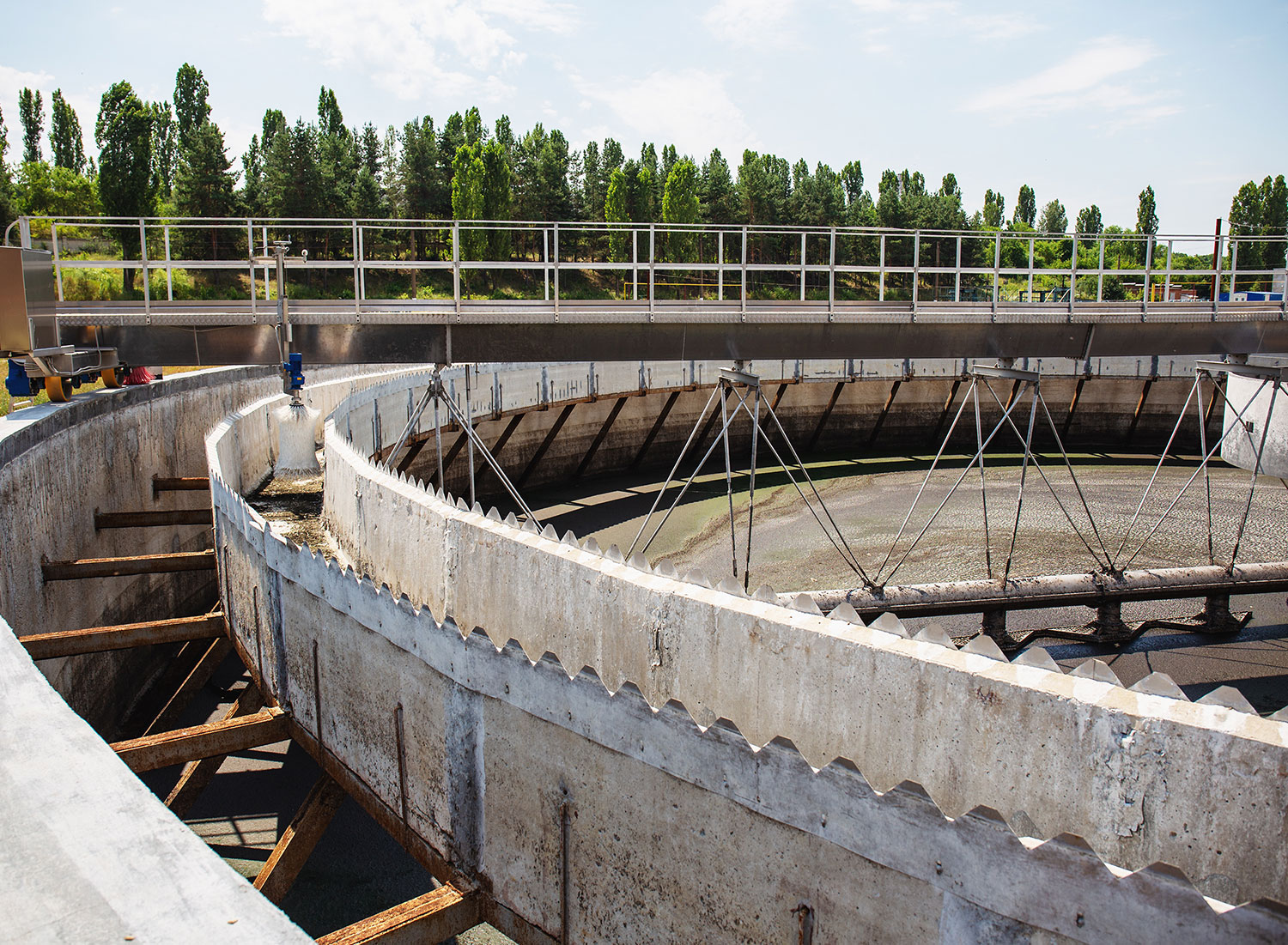Wastewater is formed as a result of water passing through industrial processes and domestic activities. In natural balance, these wastewaters are discharged harmlessly or reused according to need. Wastewater should not disturb the balance of the system which we call the receiving environment when discharged. For this reason, receiving environment discharge standards have been established. The standards are planned for all sources of pollutant. The issue of the need to comply with these standards more strictly has gained importance over time.
In the beginning of 20th century, studies on environmental technologies gained momentum. Trickling filter in 1901, Imhoff tank in 1909, Chlorine disinfection in 1914 and the activated sludge system in 1916 started to be implemented.

Studies on anaerobic treatment were initiated in the 1950s. To date, many scientists have been working on Wastewater Treatment Technologies and it will continue to be one of the key fields of study in the future.
Potable and usable water in the World is decreasing day by day and accordingly the value of water is increasing at this rate. Wastewater treatment technologies are also increasing parallel to investments over time.
In our country, which is one of the developing countries, although investments related to wastewater progress slowly, the importance of this issue is understood better every day.
Wastewater treatment includes applying one or more physical, chemical and/or biological processes to wastewater to prevent the physical, chemical bacteriological and/or ecological properties of the recipient environment from change.
According to the wastewater characteristics, primary, secondary and/or advanced treatment methods are used in order to remove pollutants from wastewater.
Primary treatment involves physical treatment units involving the removal of floating and settling solids from wastewater. Secondary treatment includes biological and chemical treatment units used for the removal of organic substances.
In addition to these processes, advanced treatment includes processes that are used for the removal of contaminants that cannot be removed in the secondary treatment process.
Our field of activity in Wastewater Treatment Sector;
Main Sectors;
- Industrial Wastewater Treatment Plants
- Domestic Wastewater Treatment Plants
Technologies;
- Physical Treatment Technologies
- Chemical Treatment Technologies
- Biological Treatment Technologies
Established in 2010, Alkım Çevre LTD. ŞTİ. has designed and manufactured Wastewater Treatment Plants in many different sectors from past to present.
The sectors for which we have designed, built and operated wastewater treatment plants to date;
- Textile
- Paint
- Detergent
- Leather industry
- Mining, metal casting, granite, marble
- Metal plating, processing
- Food, pickles, vinegar, brine, oil industry
- Milk and dairy products
- Organized Industrial Zone Central treatment plants
- Domestic wastewater

